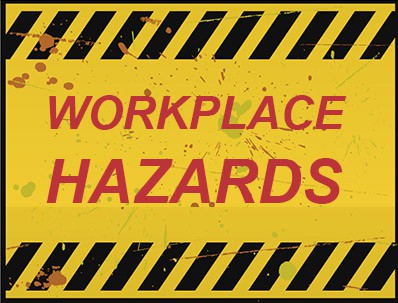Prior to conducting ALL on site forklift training classes, our company conducts a site inspection which looks at the customer’s forklifts, application, loads and many other areas. We also make general observations and recommendations, as well as asking some tough questions, such as “do your people really wear their seat-belts and chock trailer wheels?” In many cases, we hear “no they don’t do those things very often” or “we don’t even have seat-belts and chocks.”
This brings up an interesting issue. Even with good training, how safe can our workplace be with serious material handling hazards being present and not dealt with? In the U.S., OSHA would like to see workplace hazards eliminated through engineering means, if possible. This is possible in many cases, such as reworking a steep ramp into a less dangerous grade and providing better traction. In other cases, hazards may not be able to be totally eliminated, but can be identified and dealt with through forklift trainer training and recognition. An example of this might be adding warning signs, convex mirrors or other warning devices into areas where forklifts and people will be sharing space; since in many cases it may be impossible to keep them completely separated.
One recommendation for end users and suppliers of training is to identify and correct material-handling hazards first, and then conduct training to reinforce the changes. Doing training without first correcting the hazards sends a conflicting message to your people. It effectively says, “We don’t want you to do it this way, but for now that is the best we can do.” Examples of some common material handling hazards include:
- Poor floor or lot conditions
- Loads beyond the rated capacity of the forklifts
- Missing or non-functioning safety devices such as horns, seat-belts, alarms and strobes
- Poorly stacked or stored loads and structurally damaged storage rack
- Damaged or broken pallets
- Lack of proper pre-shift checks and preventative maintenance
- Lack of enforcement for any type of safety issues
Correcting hazards is like curing a disease versus providing minor first aide. Even though the first aide may make you feel better for a while, the disease will keep reappearing if you don’t take the proper steps to cure it for good.

